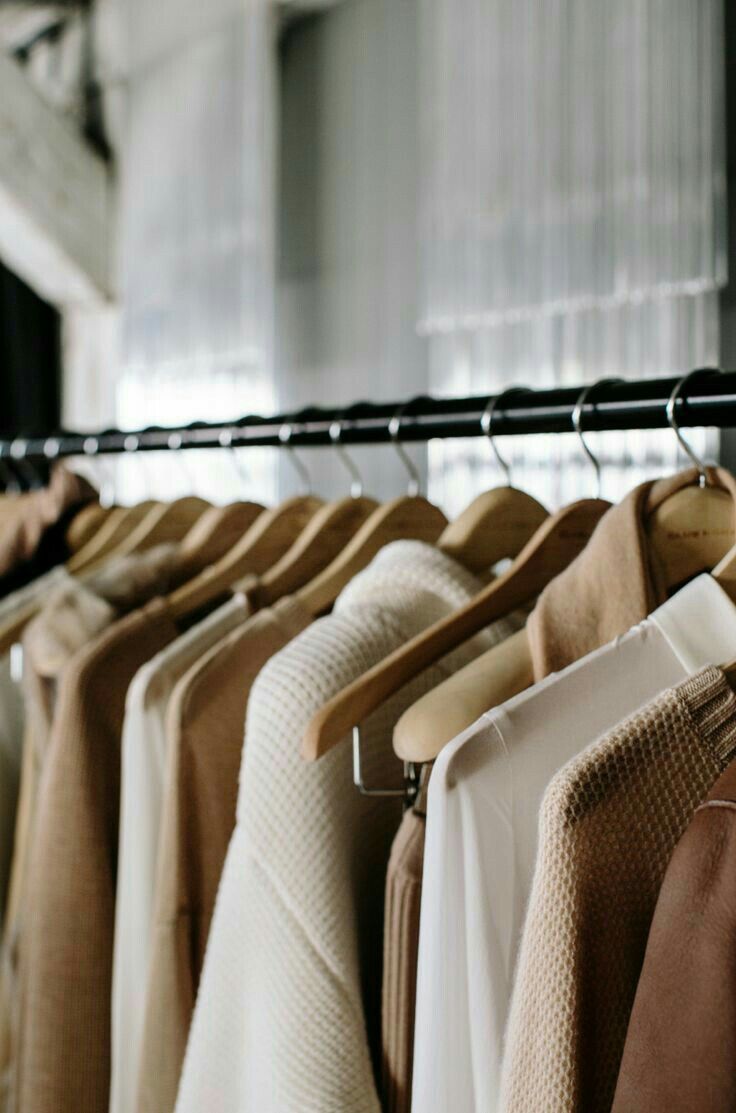
Redefining Slow fashion in 2024

As we navigate through 2024, the fashion industry continues to evolve, driven by the growing demand for sustainable fashion and ethical fashion. Slow fashion, once a niche movement, has now become a powerful force reshaping the way we perceive and consume fashion. Presently, slow fashion is being redefined through innovative practices, a renewed focus on sustainability, and an emphasis on individuality.
The Evolution of Slow Fashion vs. Fast Fashion
Slow fashion emerged as a counter to the fast fashion industry's detrimental impact on the environment and workers. Fast fashion is characterized by rapid production cycles, low costs, and frequent new collections, leading to significant environmental degradation and poor labor conditions. In contrast, slow fashion advocates for producing fewer but higher-quality garments, often crafted from sustainable materials and made to last. In 2024, this philosophy is being amplified by new technologies and broader cultural shifts.
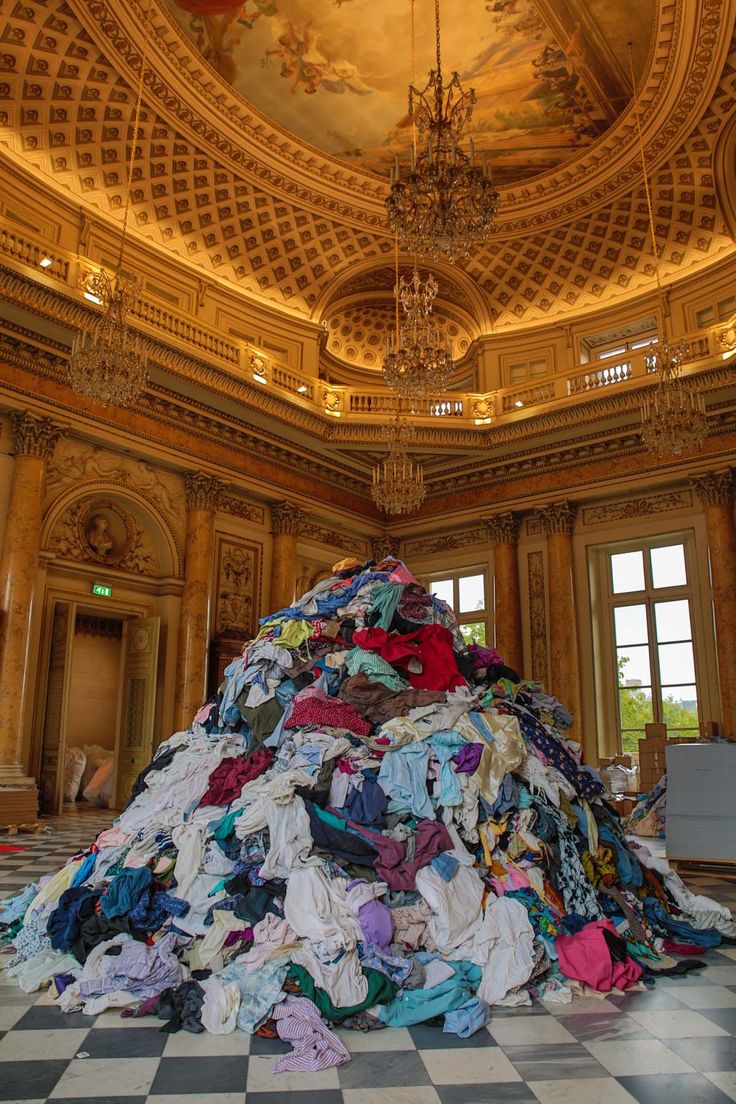
Understanding Fast Fashion and it’s issues
Fast fashion emerged in the late 20th century as a response to consumer demand for trendy, affordable clothing. Brands like Zara, H&M, and Forever 21 pioneered this model, churning out new designs at breakneck speed, often replicating high-end runway styles within weeks and making them available at a fraction of the cost. This rapid turnover of styles encouraged consumers to frequently update their wardrobes, leading to a culture of disposability where garments were worn a few times before being discarded.
While fast fashion offered affordability and variety, it came at a significant cost to the environment and society. The industry's reliance on cheap labor in developing countries often led to exploitative working conditions and low wages for garment workers. Moreover, the production processes involved pesticide-intensive cotton farming to synthetic fiber manufacturing and dyeing, contributed to water pollution, deforestation, and greenhouse gas emissions.
Sustainability at the Forefront
Eco-Friendly Materials
The push for sustainable materials continues to gain momentum. According to a 2023 report by the Textile Exchange, the use of recycled polyester has increased by 30% compared to 2020. More brands are experimenting with innovative fabrics such as lab-grown leather and biodegradable textiles. These materials reduce environmental impact and offer superior quality and durability, challenging the disposable nature of fast fashion.
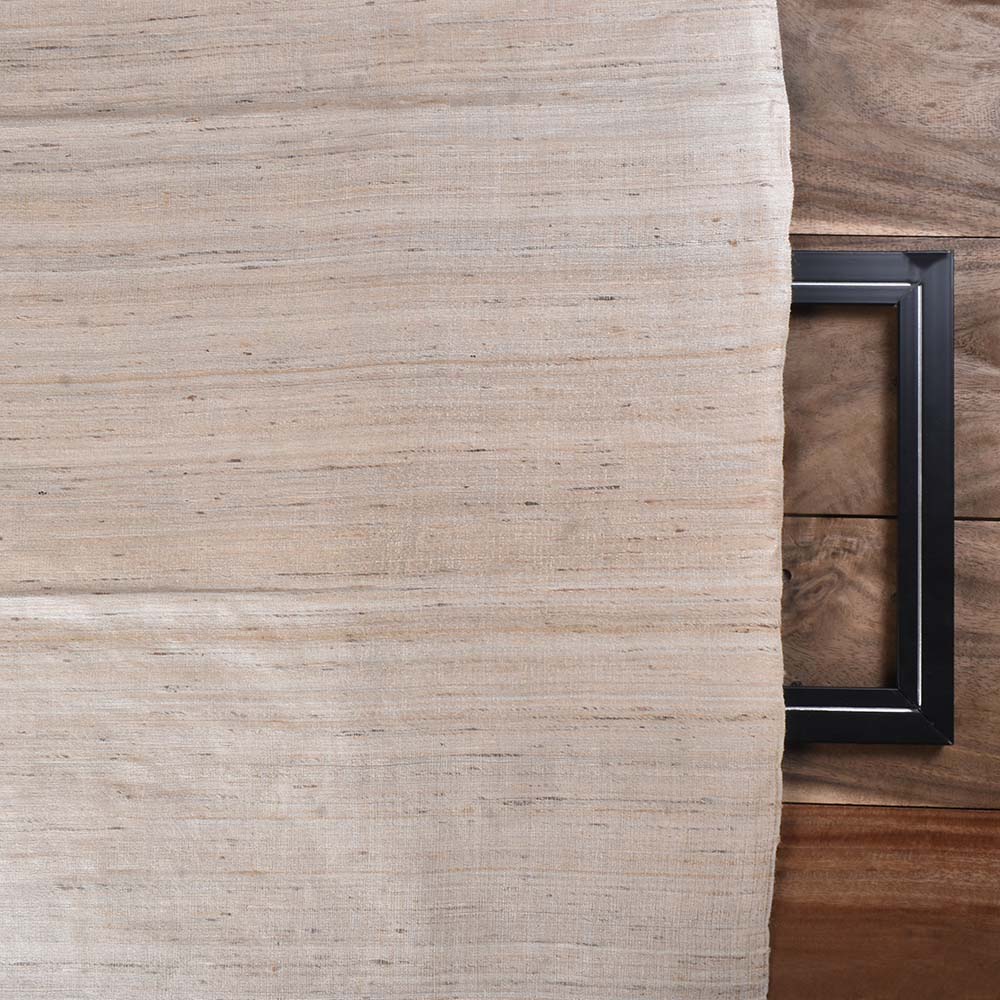
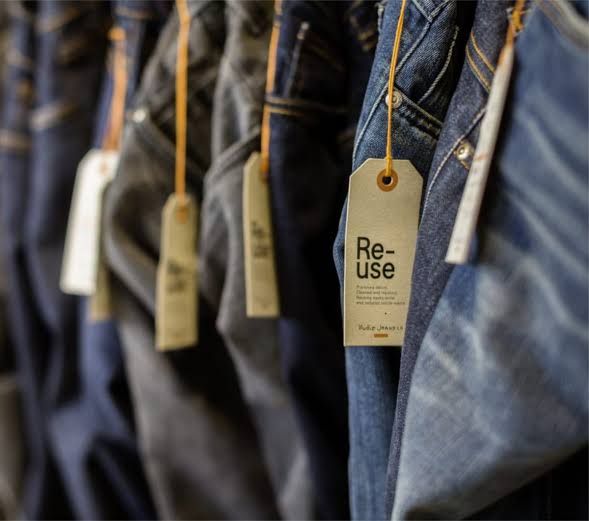
Circular Fashion
The concept of circular fashion and circular economy is becoming mainstream. The Ellen MacArthur Foundation reported that in 2024, the number of brands implementing circular practices, such as take-back schemes and garment recycling programs, doubled compared to 2021. Slow fashion brands are designing products with the end of their life cycle in mind, promoting recycling, upcycling, and modular designs that can be easily repaired or repurposed.
Responsibility in Fashion
Transparent Supply Chains
Transparency is key to responsible fashion's success. In 2024, Fashion Revolution's Transparency Index revealed a 20% increase in brands disclosing their supply chains compared to 2021. Slow fashion brands prioritize transparency, building trust with consumers and setting a new standard for accountability in the industry.
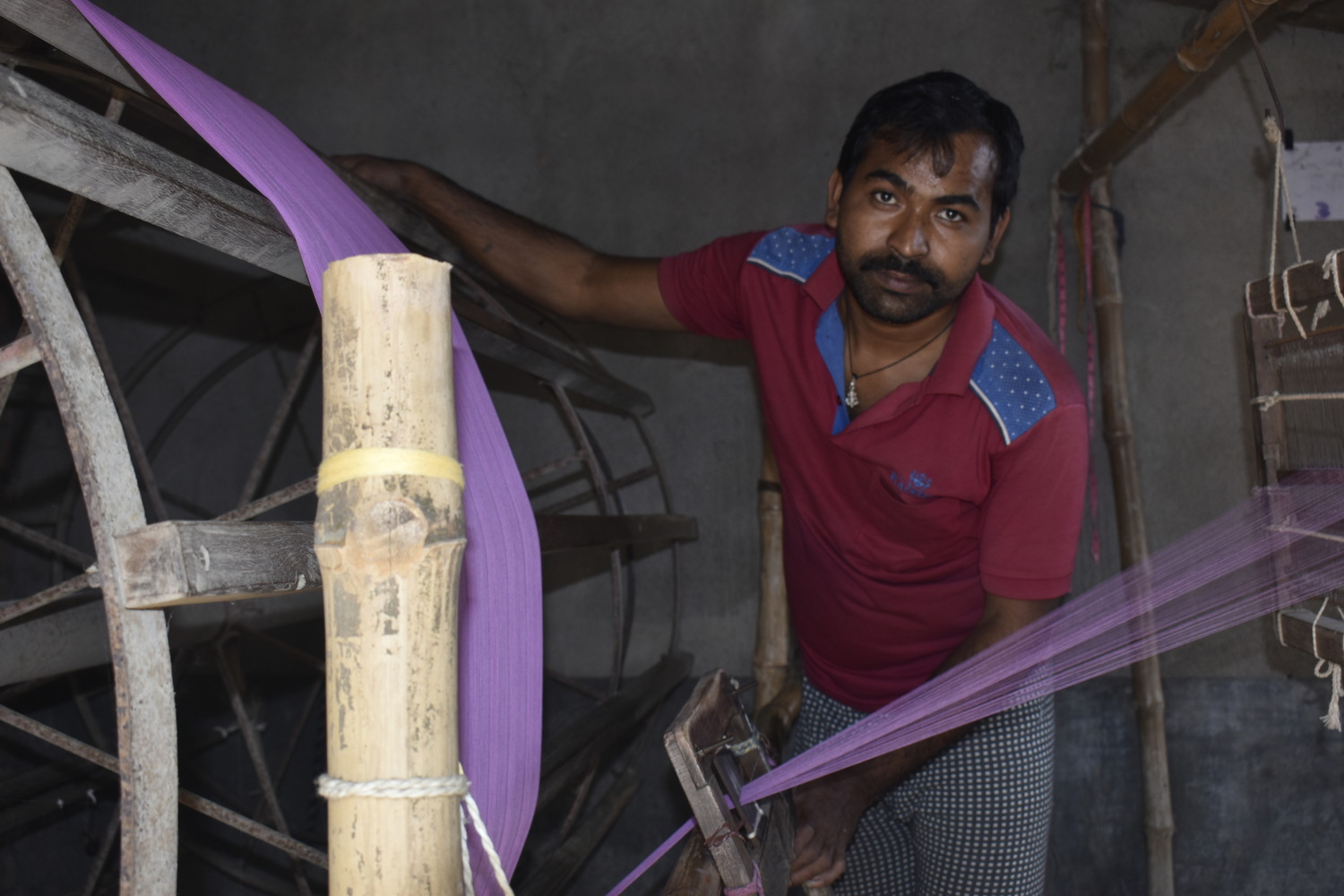
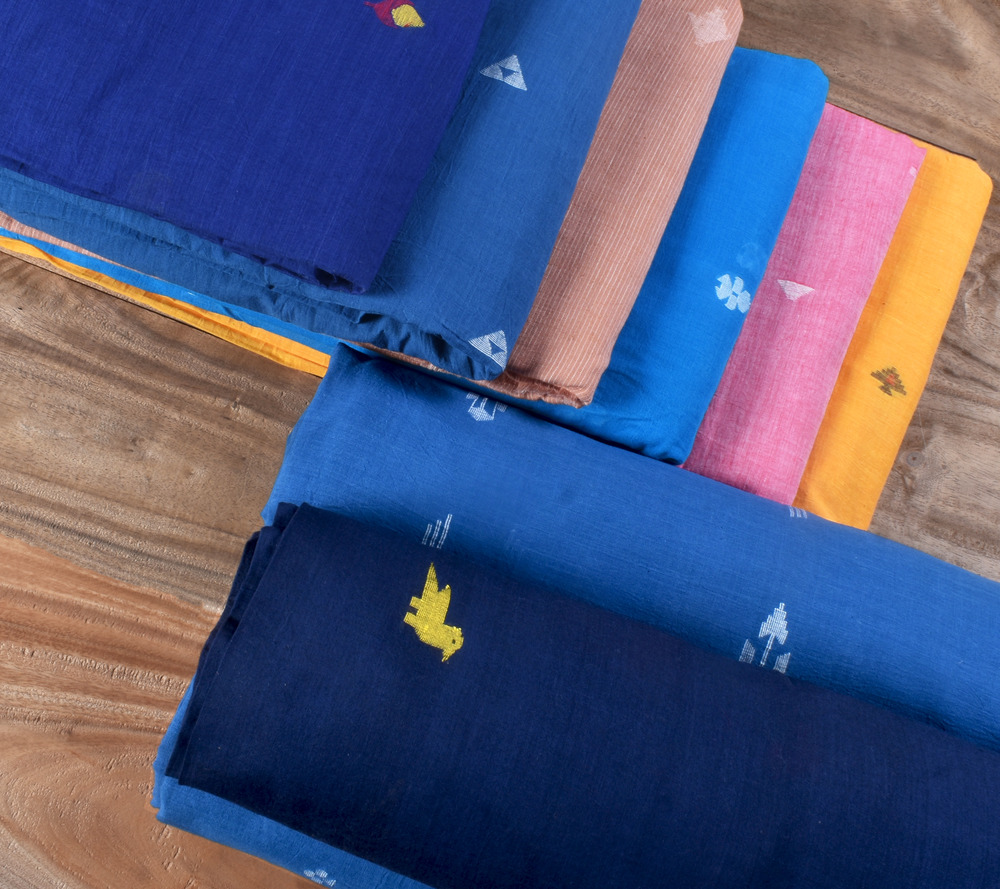
Reduced Overproduction
Responsible fashion involves mindful production practices that avoid the overproduction typical of fast fashion. Brands are increasingly using pre-order models and limited runs to ensure they produce only what will be sold, reducing waste and the environmental footprint.
Summary
Slow fashion in 2024 is a dynamic and multifaceted movement, driven by sustainability, responsibility, ethical practices, technological innovation, and a celebration of individuality. As consumers become more aware of their impact on the planet and the people behind their clothes, the demand for ethical and sustainable fashion continues to grow. By redefining what it means to be fashionable, we are not only transforming the industry but also paving the way for a more conscious and sustainable future. This year, slow fashion isn't just about slowing down; it's about moving forward with intention, creativity, and responsibility.
related questions
How did fast fashion evolve?
arrow_drop_downFast fashion evolved through advancements in manufacturing, global supply chains, and consumer demand for trendy, affordable clothing. Brands like Zara and H&M pioneered rapid production cycles, leveraging technology and low-cost labor to quickly deliver new styles to the market.
When did slow fashion begin?
arrow_drop_downSlow fashion began in the early 2000s as a response to the fast fashion industry. It promotes sustainable practices, ethical production, and conscious consumption, influenced by the slow food movement and growing awareness of environmental and social issues.
What is fast or slow fashion?
arrow_drop_downFast fashion emphasizes quick, cheap production of trendy clothing, often sacrificing quality and ethics. Slow fashion focuses on sustainability, quality, and ethical practices, promoting mindful consumption and longer-lasting garments to reduce environmental and social impacts.
Is slow fashion better quality?
arrow_drop_downYes, slow fashion typically emphasizes better quality. It focuses on durable materials, careful craftsmanship, and ethical production practices, resulting in longer-lasting garments compared to fast fashion, which often prioritizes speed and low cost over quality.
How is slow fashion eco-friendly?
arrow_drop_downSlow fashion is eco-friendly by using sustainable materials, reducing waste through durable designs, promoting recycling and upcycling, and minimizing carbon footprints through local production. It encourages mindful consumption, reducing the overall environmental impact of the fashion industry.
More Blogs
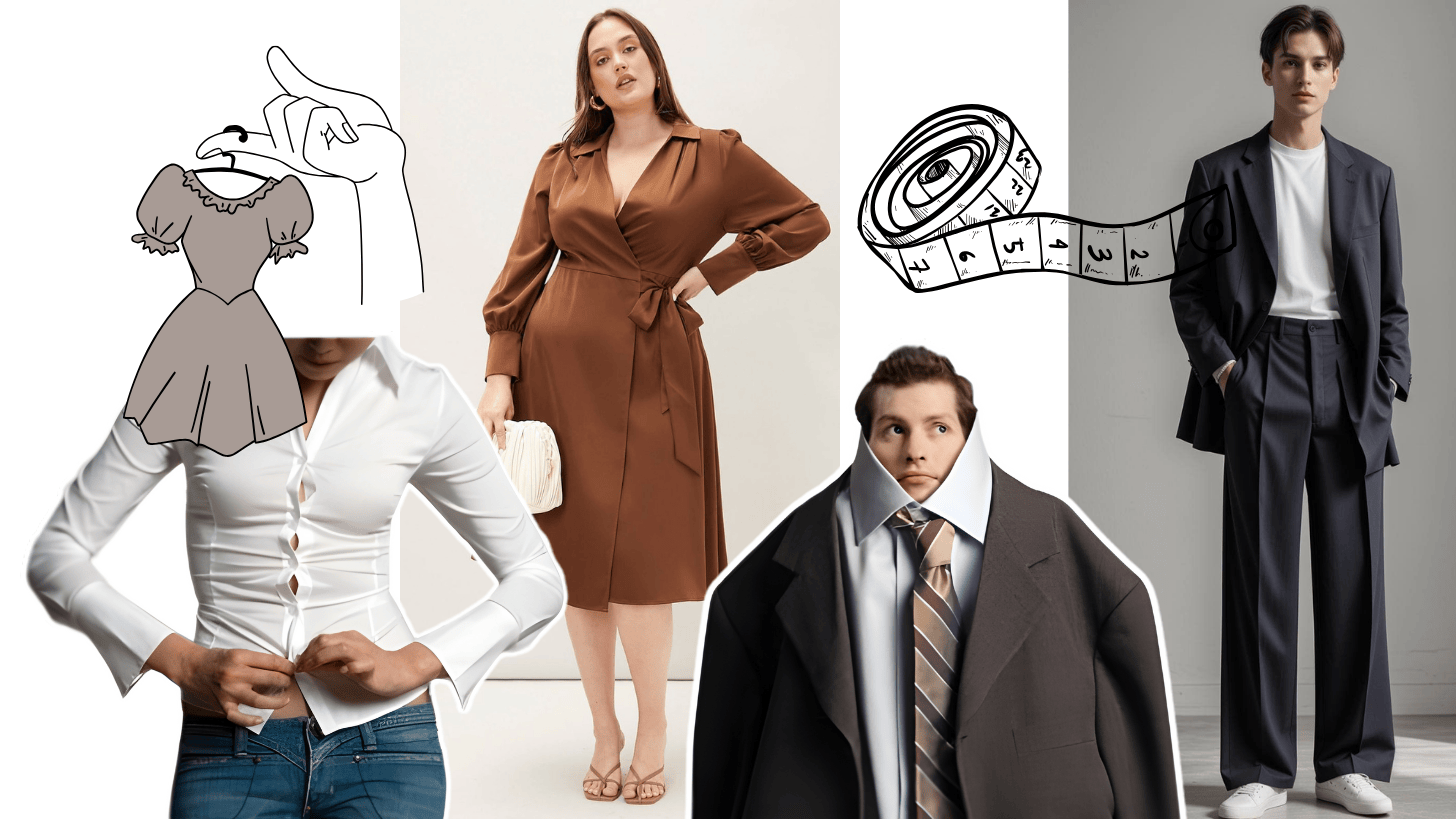
the style blueprint: 5 simple rules to improve dressing sense instantly
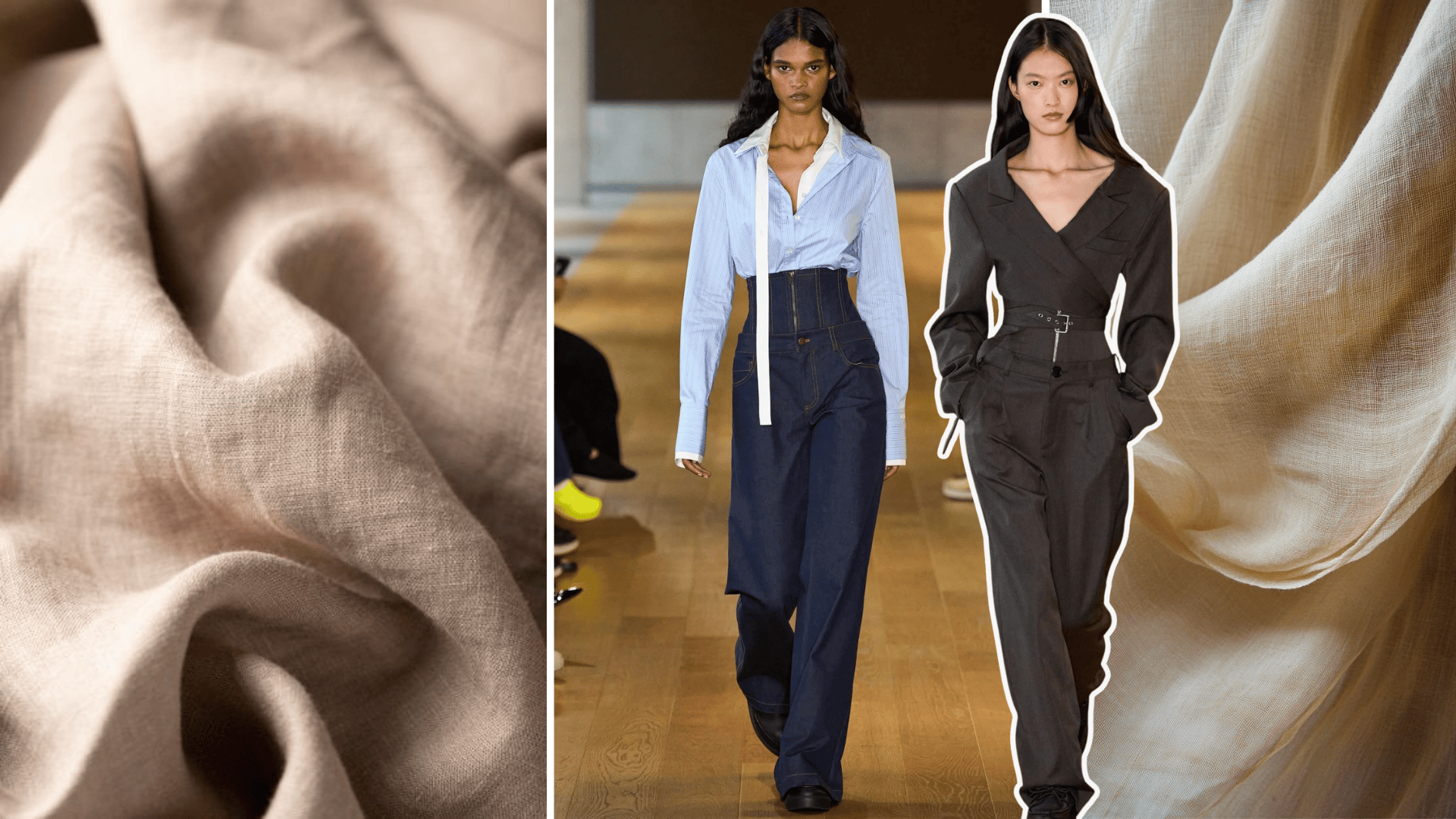
top 5 textures to watch in fashion trends 2025
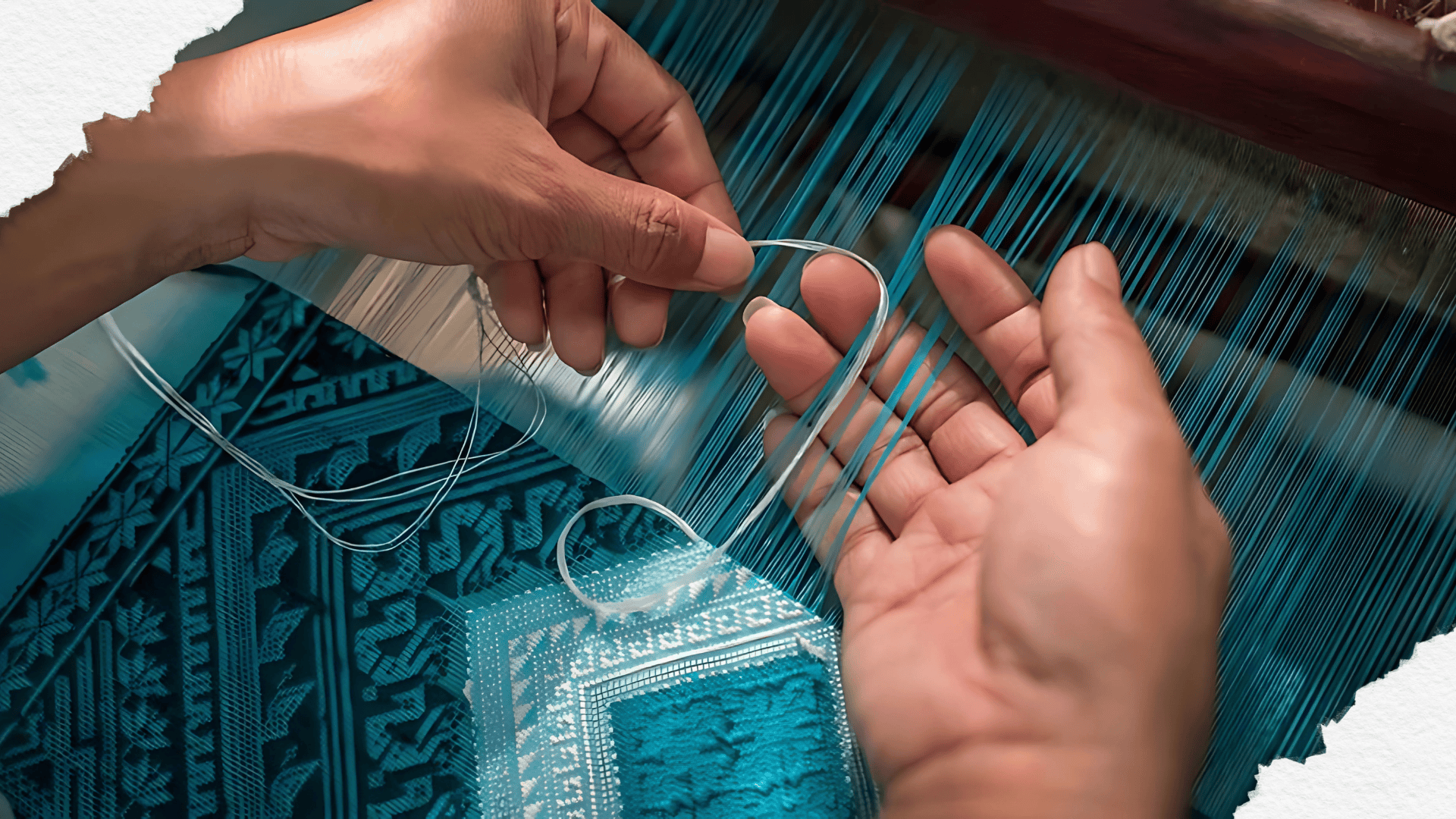
beyond borders: how fashion designers reimagine indian handloom in global fashion

5 key design elements in fashion and styling behind every great look

vintage revival: which eras and silhouettes are making a resurgence in 2025

the rise of gender-neutral & fluid fashion: breaking down traditional style boundaries






